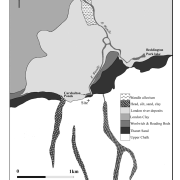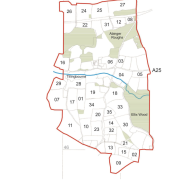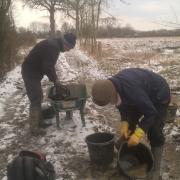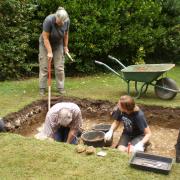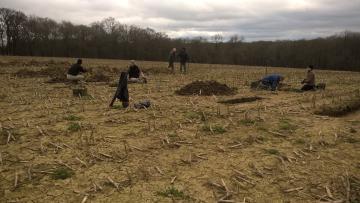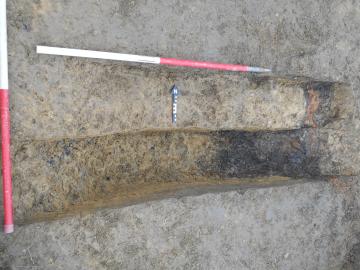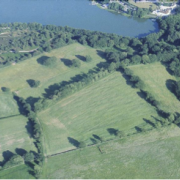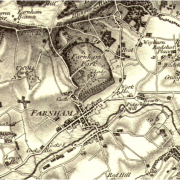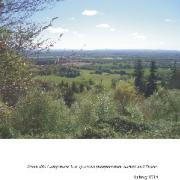Excavations at Orchard Hill, Carshalton, 1964-5
Excavation by the late Dennis Turner prior to a development close to the parish church in Carshalton recovered worked flint, including an important collection of microliths from the Mesolithic period, and pottery dating from Early Neolithic to the medieval period.
The attached pdf is the full report from which a paper is published in Vol 101 of the Surrey Archaeological Society Collections.



